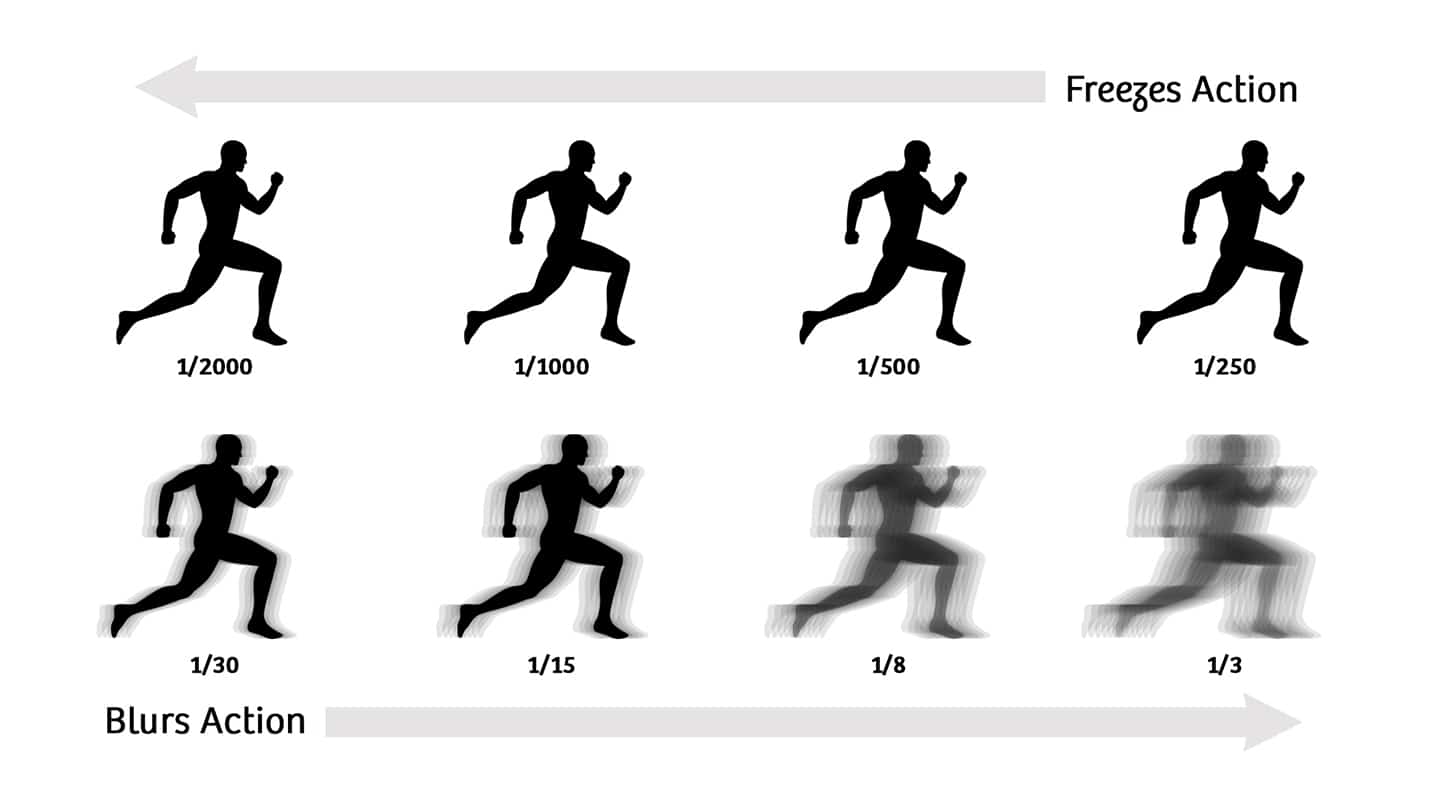Let give a try in understanding 3 pillars of photography.
1.
Aperture
2.
Shutter Speed
3.
ISO
Aperture:
In optics, an aperture is a hole or an opening through which light travels. In photography, aperture is a hole within a lens, through which light travels into the camera body. The iris of the lens that controls the size (diameter) of the aperture is called “diaphragm” in optics. The sole purpose of the diaphragm is to block or stop all light, with the exception of the light that goes through the aperture. In photography, aperture is expressed in f-numbers (for example f/5.6). These f-numbers that are known as “f-stops” are a way of describing the size of the aperture, or how open or closed the aperture is. A smaller f-stop means a larger aperture, while a larger f-stop means a smaller aperture. Most people find this awkward, since we are used to having larger numbers represent larger values, but not in this case. For example, f/1.4 is larger than f/2.0 and much larger than f/8.0
In optics, an aperture is a hole or an opening through which light travels. In photography, aperture is a hole within a lens, through which light travels into the camera body. The iris of the lens that controls the size (diameter) of the aperture is called “diaphragm” in optics. The sole purpose of the diaphragm is to block or stop all light, with the exception of the light that goes through the aperture. In photography, aperture is expressed in f-numbers (for example f/5.6). These f-numbers that are known as “f-stops” are a way of describing the size of the aperture, or how open or closed the aperture is. A smaller f-stop means a larger aperture, while a larger f-stop means a smaller aperture. Most people find this awkward, since we are used to having larger numbers represent larger values, but not in this case. For example, f/1.4 is larger than f/2.0 and much larger than f/8.0
Shutter Speed:
In photography, shutter speed or exposure time is the length of time when the film or digital sensor inside the camera is exposed to light, also when a camera's shutter is open when taking a photograph.[1] The amount of light that reaches the film or image sensor is proportional to the exposure time. 1/500th of a second will let half as much light in as 1/250th
In photography, shutter speed or exposure time is the length of time when the film or digital sensor inside the camera is exposed to light, also when a camera's shutter is open when taking a photograph.[1] The amount of light that reaches the film or image sensor is proportional to the exposure time. 1/500th of a second will let half as much light in as 1/250th
ISO:
In Digital Photography ISO measures the sensitivity of the image sensor. The same principles apply as in film photography – the lower the number the less sensitive your camera is to light and the finer the grain.
In Digital Photography ISO measures the sensitivity of the image sensor. The same principles apply as in film photography – the lower the number the less sensitive your camera is to light and the finer the grain.


La lecture de ce livre a été un très bon investissement. Je ne savais pas qu'on pouvait prendre des photos sans faire grand-chose. Les 3 piliers de la photographie sont exactement ce dont j'ai besoin pour mieux comprendre comment capturer la photo parfaite.
ReplyDelete